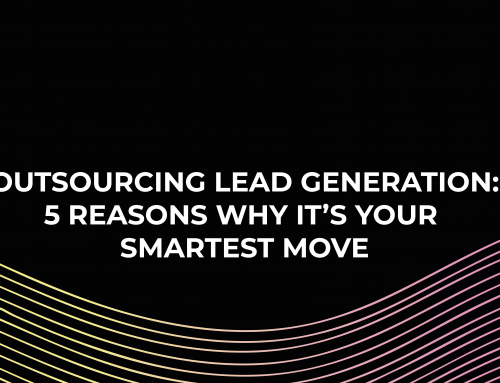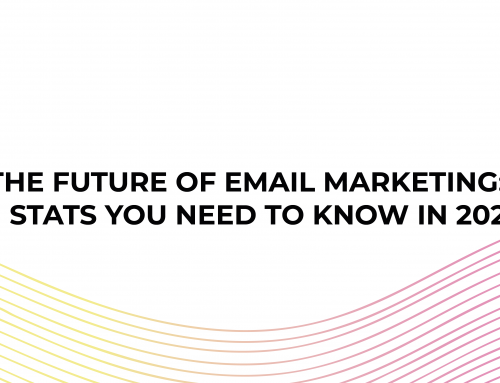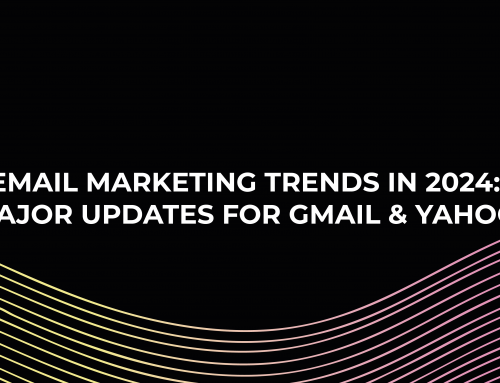GA4 Vs Universal Analytics : What Marketers Need To Know
The date is finally upon us, after much backlash and many pushbacks, Google has officially retired Universal Analytics (UA) as of July 1st 2023. It’s a date we’ve had marked in our calendars for months and a day we definitely weren’t particularly looking forward to.
As we were all so used to UA it can be slightly overwhelming when your primary data platform changes so drastically, but do not fear, for we have done our research and summarised everything a marketer needs to know about the recent changes from UA to GA4
While the main objective of google analytics remains the same the changes implemented by Google will drastically impact your business if your KPIs and performance targets are tracked using google.
Key Differences
“An analytics service that enables you to measure traffic and engagement across your websites and apps. This documentation provides implementation instructions and reference materials geared towards a developer audience.”
Difference 1. The Interface
When you open GA4 for the first time the most obvious difference you will see is google’s new interface and the amount of data displayed on the new homepage. The GA4 interface provides a lot more insights and information than the UA homepage with a new addition of ‘Automated Insights’.
When you first start up GA4, the data displayed on your home screen is generated by Google’s “Automated Insights” feature. These insights have been identified by AI and new machine learning tech that can easily pinpoint irregularities or changes in your data that humans may miss.
Difference 2. AI & Machine Learning
GA4’s new AI and Machine Learning technology is designed to identify current trends and patterns in your data, while making informed predictions about the future. It uses huge amounts of data to give you a better understanding of your customers and how they behave.
As a result, marketers can dedicate less time to data analysis and allocate more time to implementing meaningful actions.
Difference 3. Data Privacy & The Abolition of Cookies
Possibly the biggest change with GA4, is one that is slightly hidden.
This change involves user privacy and the way data is collected. As of the 1st of July, GA4 no longer uses cookies to track users activity. This means that data can still be collected even if users don’t have cookies enabled (A controversial move from Google we must say) as GA4 no longer needs to ask for permission to track user activity.
GA4’s use of machine learning has the ability to bridge gaps in data in an increasingly “cookieless” world.
Difference 4. Two New Reporting Options
Exploration Report- This new report feature allows you to measure and track your website data and statistics in deeper ways, providing new visualisation options in the form of interactive graphs, charts and diagrams.
This new reporting option also gives you access to machine learning and AI that can analyse the data for you and provide you with more in depth analysis of your data.
Advertising Report – The new Advertising Report option lets marketers track the stats of all their paid marketing campaigns in one place. Whether its campaigns on LinkedIn, Facebook, Twitter or Google ads, this new feature collects them all into one convenient place and allows you to analyse your spending, effectiveness and profitability of all your campaigns.
Difference 5. Change to Event-Based Tracking
While UA and GA4 can both track page views and different events on those pages, GA4 offers a far more complete view of the users behaviour on the web page.
UA used to focus on more simple metrics such as How Many Times a user has opened a page, whereas with GA4 you can track exactly What they were doing on that page, for example did they scroll to the bottom? Did they complete a website form? Did they start to complete a form and then click off?
Marketers now have access to all this valuable data which they didn’t previously have.
Difference 6. The Definition of a Session
One of the first differences you may notice when comparing GA4 and UA is that your numbers aren’t the same when looking at the same time period. This is because Google in their almighty wisdom has changed what their definition of a ‘Session’ is.
Originally in UA, a session is defined as a period of time however, now, in GA4, a session is defined as an active period of user activity. Slightly confusing, we know.
So this means that due to these new definitions google have created 2 new session metrics which can now be tracked
Engaged Sessions – A session where the user has spent 10 seconds or more more on the site OR viewed 2 or more pages OR had a conversion event.
Engaged Sessions Per User – Engaged Sessions per user is the number of engaged sessions divided by the number of total users on your site.
Difference 7. Adios, Bounce Rate, Hello Engagement Rate!
The purpose of this huge Google update seems to be a push to focus on tracking behaviour and engagement on web pages rather than just tracking the amount of visits to web pages. So with that in mind, Google has decided to get rid of Bounce Rate entirely.
Where before, Bounce Rate served as an effective indicator to assess the extent of value your audience gained from the content you published. How long did they stay on the page? Did they close the tab or simply click off?
Now with GA4, things have been changed
As GA4 focuses on events and engagement rather than page views, instead of a Bounce Rate, we now have the aforementioned Engagement Rate. It’s extremely similar information, just measured differently.
Wrap Up
The transition from UA to GA4 will take a bit of getting used to, especially as we have all grown so accustomed to our beloved/ despised Universal Analytics. The fact is, GA4 is an incredibly powerful tool and its introduction will revolutionise the way in which businesses track and record their digital marketing efforts.
So that’s it, we hope this guide has cleared some things up for you and makes your transition to GA4 as smooth as possible.
If you’re looking to supercharge your outbound marketing then contact Inboxx at grow@in-boxx.com or visit Inboxx.com/what-we-do




